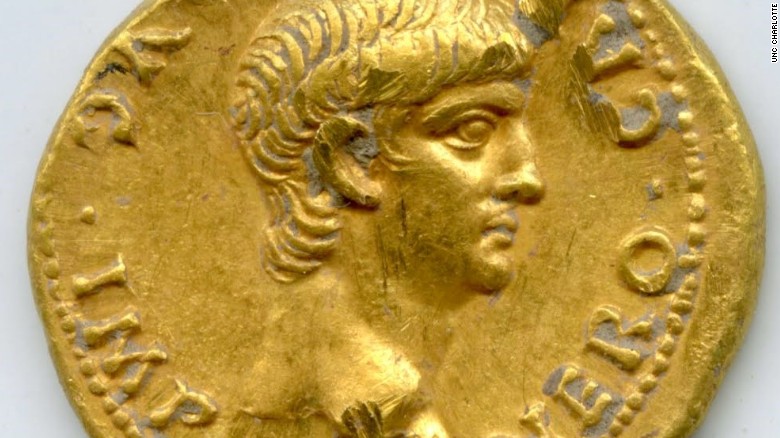به گزارش ایمنا، کارگران حفر مترو روم سایتی را در نزدیکی کلوزیوم کشف کرده و اجسام آن در طول این هفته به نمایش گذاشته شده است.

این شهر که درست زیر خط متروی روم قرار دارد حدود سی و سه فوت زیرزمین بوده و در پایین یک گودال بتونی قرار گرفته است.
"گیلبرتو پاگانی"، یکی از باستان شناسانی است که آرام آرام شهر سوخته را از میان چوب ها کشف کرده و معتقد است که 1800 سال عمر دارد. بخشی از این سایت خانه ای متعلق به سردار رومی است و شواهد نشان می دهد به وسیله آتش از بین رفته است.
این کشفیات به طور ویژه بسیار جذاب هستند زیرا با آنکه آتش خانه را سوزانده اما برخی از وسایل آن از جمله تیرهای چوبی که به نظر می رسد در شرایط عادی دهه ها قبل باید نابود می شده اند همچنان سالم و دست نخورده در آن باقی مانده اند. "فرانسیسکو پراسپتی"، باستان شناس دیگر رومی، می گوید که این یک شرایط غیرعادی است. زیرا به نظر می رسد که در اثر آتش سوزی و فروپاشی سقف، همه چیز در داخل مهر و موم و تیرهای چوبی بدون سوختن کربنیزه شده اند.
اسکلت سگی بزرگ هم در این خانه یافت شده که از روی اندازه دندان هایش به سادگی قابل تشخیص است. بر اساس گفته های "سایمون مورتا"، باستان شناس دیگری که روی این سایت فعالیت می کند، این سگ بیچاره در طول آتش سوزی در اتاق خانه محبوس شده است. بخشی از خاکستر او هم یافت شده و نشان می دهد که یکی از تیرهای چوبی به روی سگ سقوط کرده و در آتش گیر افتاده و در نهایت مرده است.

او می گوید که آتش سوزی در روم باستان مکررا رخ می داده است و خانه های رومی مملو از وسایل چوبی بوده و روی شعله گازهای چوبی آشپزی می کردند.

گفتنی است این آخرین کشفیات باستان شناسان در خط C's متروی روم بوده که از سال 2007 آغاز شده است. البته در بهار سال قبل از آن نیز یک سربازخانه ارتش در نزدیکی این خط کشف شد و پس از آن هم در سال 2009 بقایای مربوط به یک مدرسه در زمان امپراتور هادریان را از زیر خاک بیرون آوردند که مربوط به قرن سوم است.


























نظر شما